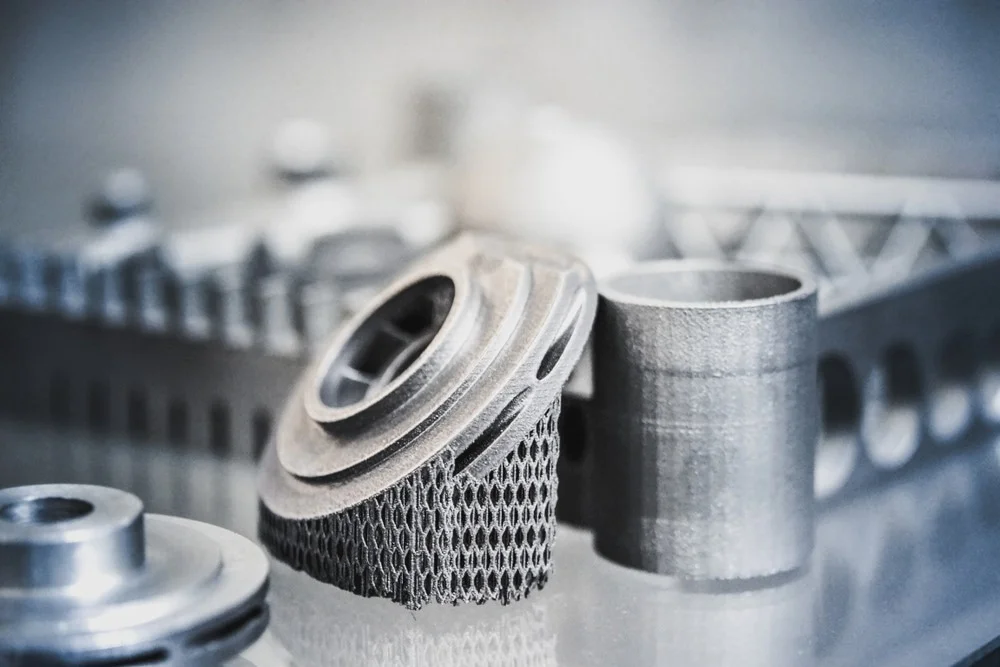ISO 12737 Fracture Mechanics at High Temperatures
The ISO 12737 standard provides a comprehensive framework for evaluating fracture mechanics properties of materials under high-temperature conditions. This service is vital for industries reliant on robust, durable materials that must perform reliably in extreme environments—such as aerospace, power generation, and petrochemicals.
Fracture mechanics at high temperatures deals with the behavior of materials subjected to stress and temperature simultaneously. The primary goal is to predict how a material will fail under load when exposed to elevated temperatures. This service ensures that materials used in critical applications are not only strong but also capable of maintaining structural integrity over extended periods.
The testing process involves subjecting carefully prepared specimens to high temperatures while applying controlled stress levels. Specimens can range from simple uniaxial samples to more complex multi-axial structures, depending on the application. The methodology is rigorous and follows international standards such as ISO 12737, ASTM E964, and EN 850.
The service includes detailed preparation of specimens according to precise standards. This involves selecting appropriate materials, ensuring they are free from defects, and then carefully machining them into the required shapes and dimensions. Once prepared, these samples undergo testing in specialized high-temperature furnaces that can simulate real-world conditions accurately.
During the test, advanced instrumentation monitors key parameters including stress levels, temperature variations, and strain rates. Sophisticated software captures data points at regular intervals throughout the experiment to ensure accurate results. Post-test analysis involves interpreting these datasets using fracture mechanics principles to determine critical metrics like crack propagation rate, toughness values, and ductility limits.
Compliance with ISO 12737 ensures that manufacturers can demonstrate their products' reliability in harsh environments confidently. For instance, aerospace companies need to guarantee that turbine blades remain intact during prolonged flights at high altitudes where temperatures fluctuate widely. Similarly, power plant operators must verify that steam generators withstand continuous operation without failure.
By leveraging this service, organizations can identify potential weaknesses early on in the development lifecycle, allowing for iterative improvements before full-scale production begins. This proactive approach reduces risks associated with product failures and enhances overall safety standards within high-risk industries.
- Preparation of specimens according to ISO 12737 guidelines
- Testing in controlled high-temperature environments
- Data acquisition using advanced instrumentation
- Analytical interpretation based on fracture mechanics principles
Benefits
The benefits of ISO 12737 testing extend beyond mere compliance; they offer substantial advantages for businesses operating in demanding environments. Firstly, it enhances product quality by identifying material flaws early in the design stage, leading to more robust designs overall.
Secondly, this service supports sustainable practices by enabling manufacturers to minimize waste and reduce resource consumption through optimized material selection and processing techniques. Thirdly, it fosters innovation by providing insights into how materials behave under extreme conditions, opening up new possibilities for technological advancements.
Lastly, compliance with international standards like ISO 12737 builds trust among customers who rely on proven solutions for their business needs. This reputation translates directly into increased market share and competitive advantage in the global marketplace.
Customer Impact and Satisfaction
Clients who invest in ISO 12737 testing benefit significantly from enhanced product reliability and safety. The detailed insights provided enable them to make informed decisions about material selection, design optimization, and process improvements.
For example, a turbine manufacturer might use the results to fine-tune blade geometry for maximum efficiency while maintaining structural integrity under operational stresses. Similarly, an oil company could rely on these data points when specifying materials for new wells in challenging environments.
The service not only meets regulatory requirements but also exceeds expectations by offering added value through expert interpretation and actionable recommendations. This approach ensures that clients remain competitive in their respective markets while contributing positively to industry standards.
Environmental and Sustainability Contributions
The ISO 12737 service plays a crucial role in fostering sustainable practices within industries by promoting efficient material utilization. By identifying optimal parameters early on, businesses can minimize waste, reduce energy consumption, and lower carbon footprints associated with manufacturing processes.
Furthermore, the insights gained contribute to ongoing research aimed at developing more environmentally friendly materials and technologies. This collaborative effort aligns perfectly with global sustainability goals set forth by organizations such as ISO and IEC.





